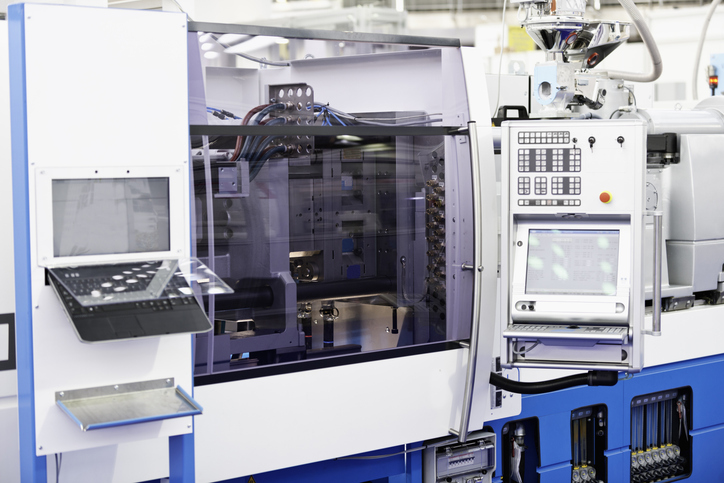
Stainless Steel Materials for Conventional Powder Metallurgy
In manufacturing, the selection of materials and processes plays an important role in determining the success and efficiency of the final product. Powder metallurgy (PM), a process that has stood the test of time, offers a unique combination of precision, versatility, and cost-effectiveness, particularly when it comes to stainless steel.
Here, we explore the unique advantages that stainless steel brings to conventional PM.
The Advantages of Using Stainless Steel in Powder Metallurgy
PM is a manufacturing process that involves the heating and compression of powdered metal to create components. When applied to stainless steel, this process harnesses the inherent qualities of the material – such as corrosion resistance, strength at high temperatures, and aesthetic appeal – while maximizing the efficiency and precision PM is known for.
The main advantages of using stainless steel in powder metallurgy include:
- Cost-Effectiveness Over Casting
- Customizable Material Properties
- Achieving Near-Net Shape with Minimal Finishing
- Minimized Waste & Environmental Impact
1. Cost-Effectiveness Over Casting
Stainless steel materials in powder metallurgy offer a cost-effective alternative to traditional casting methods. Casting, while useful for a wide range of applications, can become prohibitively expensive, especially for complex shapes or when the material costs are high, as is often the case with stainless steel.
PM, on the other hand, utilizes nearly 100% of the starting material, significantly reducing waste and, by extension, costs. This efficiency is particularly pronounced with stainless steel, where the savings on material costs can be substantial.
Customizable Material Properties
Through the PM process, the properties of stainless steel components can be finely tuned to meet specific requirements. By adjusting factors such as powder particle size, blend composition, and sintering conditions, manufacturers can create stainless steel parts with tailored properties, including hardness, corrosion resistance, and wear resistance. This level of customization is invaluable across a wide range of applications, from medical devices to automotive components.
Achieving Near-Net Shape with Minimal Finishing
One of the standout benefits of PM is its ability to achieve near-net shape components, which require minimal to no finishing. The precision of PM allows for the creation of complex, intricate designs that would be difficult or impossible to achieve through casting. The result is a component that meets exact specifications without the need for additional machining or finishing, saving both time and money.
Minimized Waste & Environmental Impact
The environmental benefits of PM are well-documented. By using over 97% of the starting material and enabling the recycling of any excess powder, PM presents an environmentally friendly manufacturing option. Minimizing steel waste is both an economic and environmental priority.
Stainless Steel & Powder Metallurgy: A Synergistic Combination
The combination of stainless steel materials with conventional powder metallurgy offers a compelling solution for modern manufacturing challenges. It provides a cost-effective, precise, and environmentally friendly alternative to traditional casting methods, particularly for complex or high-value components.
If you're interested in learning more about how powder metallurgy can maximize your manufacturing efforts, reach out to an expert today!

